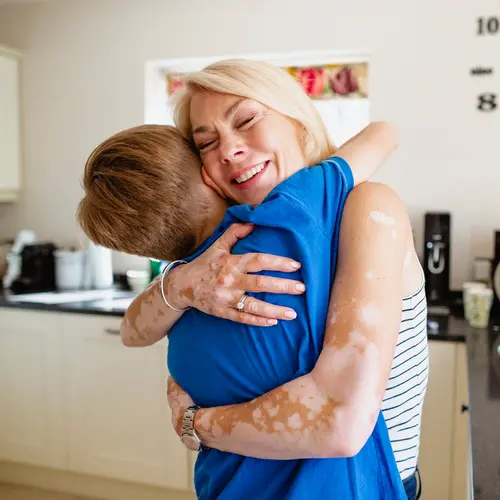What Are the Treatments for Impetigo?
The key to treating -- and preventing -- impetigo is to practice good personal hygiene and maintain a clean environment. Once you get the infection, it’ll take prompt attention to keep it under control and prevent it from spreading.
Keep clean: Even if only one family member has impetigo, everyone in the household should follow the same cleaning routine. Wash regularly with soap and water. This should help clear up mild forms of the infection. If this doesn’t help, seek care from your doctor. You may need a prescription medication.
Topical antibiotics: Mupirocin ointment, available only by prescription, works well to treat mild forms of the infection. Soak the sores in warm water first and gently remove any scabs so the antibiotic can reach your skin. Don't try over-the-counter antibacterial ointments; they are too weak to kill strep and staph infections. Applying the ointment carelessly may actually spread the impetigo. For repeated outbreaks, your doctor will prescribe an antibacterial ointment that goes inside the nose for everybody in the household. It will kill nasal bacteria.
Oral antibiotics: If you have a more serious or widespread infection, you may need to take a medicine like amoxicillin for a week or so.
Bleach baths: You can lower the amount of bacteria on your skin by soaking in a mild bleach solution for about 10 minutes at a time a couple of times a week. Use ½ cup of normal household bleach for a full tub, ¼ cup for half a tub. Rinse off with clean water and pat dry. If you’re sensitive to chlorine, you may not want to try bleach baths. They can cause a skin reaction or asthma flare.
Anyone in your house who gets impetigo should use a clean towel every time they wash. Launder those towels separately, using hot water and a hot dryer to kill the bacteria. Keep sores covered to prevent spreading the infection to other body parts or other people.

